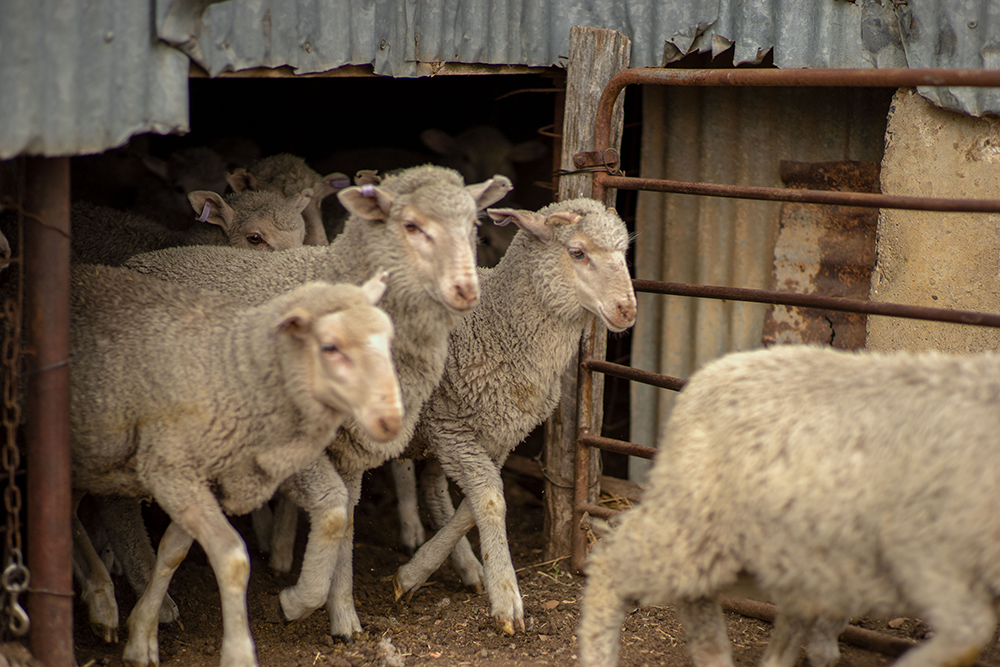Trade lamb throughput was even week on week, but demand improved as the National Trade Lamb indicator improved 45¢ to 1192¢/kg cwt. All lamb indicators improved this week but Light and Merino lamb indicators were the big gainers this week.
Good quality heavier lambs dominated the yards in Dubbo; meanwhile, Wagga saw a wide range of quality in the offering, which resulted in “selective” bidding from buyers. Forbes lamb supply surged by 13000 head on last week’s yarding, and the market firmed for both new season and older lambs. A small yarding in Ballarat saw a scramble for the few heavy lambs available. A Stronger quality offering in Hamilton saw bids improve to match.
This week on Mecardo, Jamie-Lee Oldfield had a look at sheep slaughter trends to inform what we might expect for mutton supply and pricing for the upcoming spring (read more here). Mutton prices are already historically strong, and while supply could fall further in the second half of the year, strong starting flock numbers mean throughput will still remain relatively high. Southern pasture growth and lower sheep supply to the yards in spring would support mutton prices somewhere in the winter price range we’ve seen, assuming processors are still keen on mutton for export markets.
August is typically the first month of elevated mutton demand from China, and whilst volumes did increase MoM, the 2374 tonnes shipped were 54% below the 5-year average for August. This week, the national mutton indicator tracked sideways at 710¢/kg despite a drop in numbers. Considering prices are currently 125% higher than this time last year, appetite for mutton is still strong, but prices likely need to come back a bit for export volumes to lift.
Last week, sheep slaughter tracked marginally higher WoW (driven mainly by increased WA kill), meanwhile, lamb slaughter dropped another 21K head to 351,669 head nationally.

